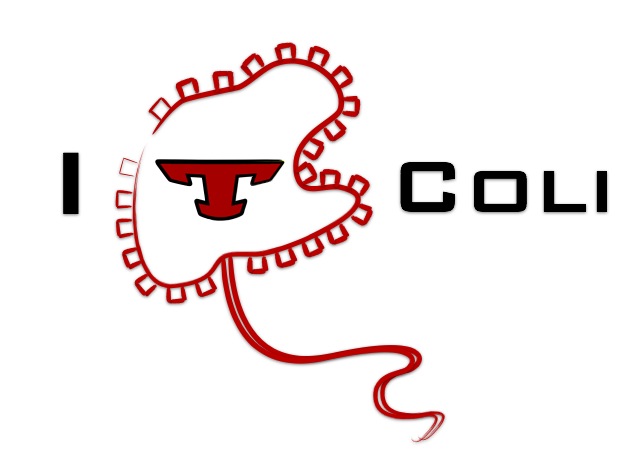Team:Stanford
From 2009.igem.org

| Home | Project | Modeling | Parts | Notebook | Team | SBOL-V |
Welcome to the Stanford Team Wiki for iGEM 2009
Stanford iGEM is a student-run, faculty-directed research group at Stanford University. The objective of our interdisciplinary group is to design and build novel engineered biological systems using standardized DNA-based parts to submit to the iGEM (International Genetically Engineered Machines) competition, held annually at MIT. We will be competing for the first time in 2009! On this website you will find detailed descriptions, results, and analysis of our project. For more information about our organization on campus, please visit: [http://igem.stanford.edu igem.stanford.edu]
Immuni-T. coli: A Probiotic Approach to Diagnosing and Treating Inflammatory Bowel Disease.
The 2009 Stanford iGEM project is focused on creating a device that will detect and respond to imbalances in two specific subpopulations of T cells: Th17 cells, a branch of helper T cells that promote inflammatory responses, and Treg cells, crucial for the generation and maintenance of localized immunosuppression. Distinct populations of Th17 cells and Tregs cells coexist and are reciprocally regulated in healthy tissue, and imbalances in the ratio of these lymphocytes have been implicated in a wide rage of autoimmune disorders. The Stanford team has selected to apply its synthetic system to sense and correct the T-cell populations in individuals suffering from inflammatory bowel disease (IBD).
Our goal is to create an 'Escherichia coli-based bacterial device that polarizes the differentiation of lymphocyte precursors along either the Th17 or Treg lineage. Our device will consist of two parts. The first part, our anti-inflammatory device, will control dangerous localized inflammation in the gut by detecting a byproduct linked to Th17-driven inflammation, nitric oxide, and excreting retinoic acid, a marker that inhibits the generation of Th17 cells. Likewise, the second, anti-immunosuppressive device, regulates Treg populations by detecting an analog of tryptophan, a target substrate of an enzyme involved in Treg immunosuppression, and secretes interleukin-6, a cytokine that inhibits Treg development.
We envision our proposed machine as a novel and directed probiotic therapy that will act at the interface between commensal bacteria and human lymphocytes while integrating cutting-edge immunology with synthetic biology.
 "
"

